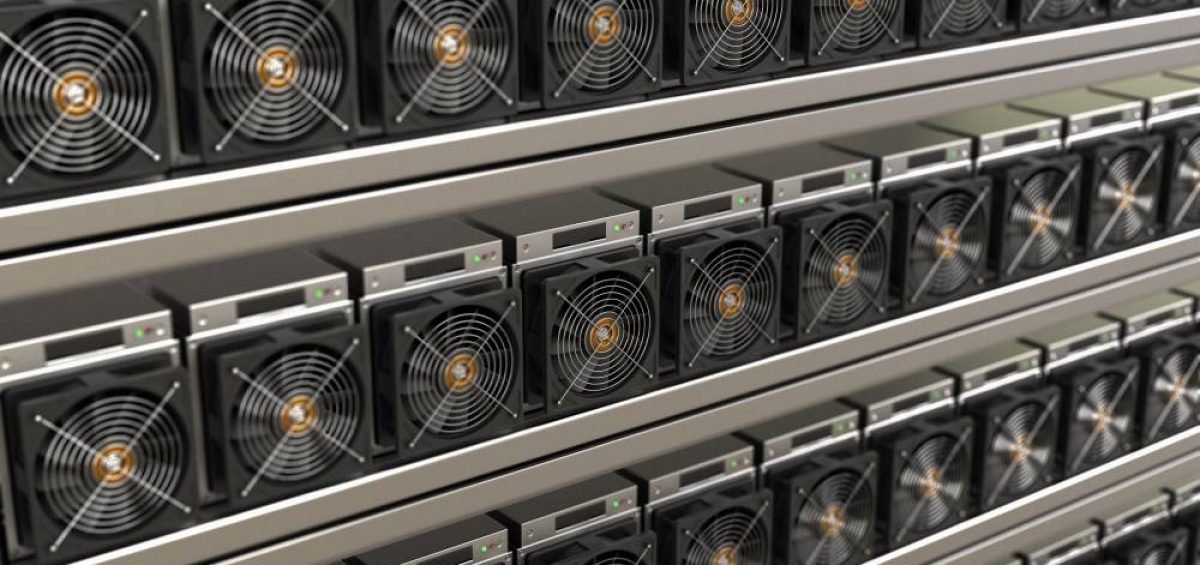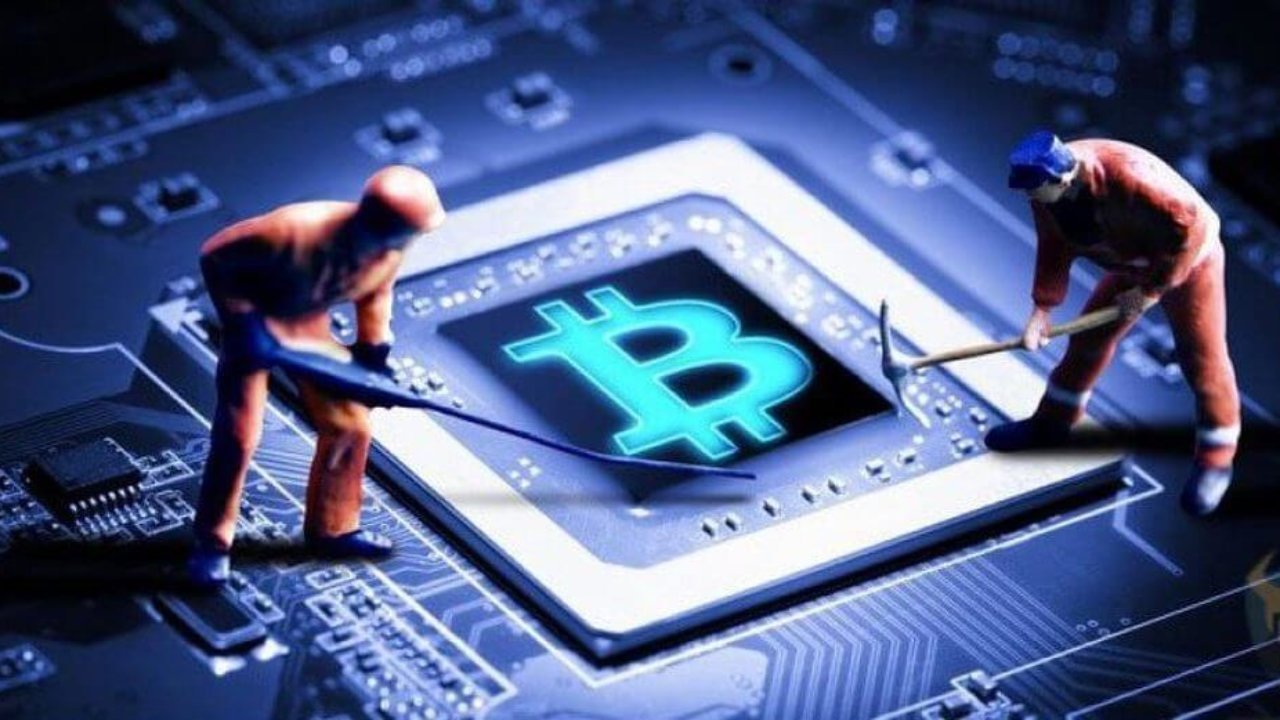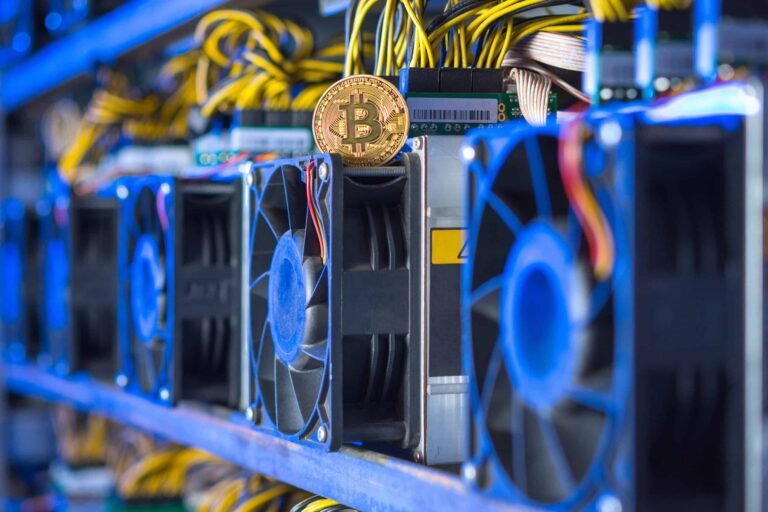The cryptocurrency mining landscape has evolved dramatically, making it more crucial than ever to find cheap Bitcoin mining hardware deals that don’t compromise on performance. With Bitcoin’s continued growth and increasing mining difficulty, miners are constantly searching for cost-effective solutions that can deliver profitable returns without breaking the bank.
Finding affordable mining equipment has become a game-changer for both newcomers and experienced miners looking to expand their operations. The key to successful Bitcoin mining lies in securing hardware that offers the perfect balance between initial investment, power consumption, and hash rate performance. Whether you’re a hobbyist miner or planning a large-scale operation, understanding where to find the best deals can significantly impact your profitability and return on investment.
Understanding Bitcoin Mining Hardware Fundamentals
What Makes Mining Hardware Valuable
Bitcoin mining hardware effectiveness is measured by several critical factors that directly impact profitability. The hash rate determines how many calculations your equipment can perform per second, while power efficiency measures how much electricity is consumed per terahash. Modern miners must also consider factors like noise levels, cooling requirements, and overall durability when evaluating potential purchases.
The most important consideration when searching for mining equipment is the performance-to-price ratio. High-end ASIC miners often provide excellent hash rates but come with premium price tags that may not justify the investment for smaller operations. Conversely, older or refurbished equipment might offer attractive entry points but could lack the efficiency needed for long-term profitability.
Types of Bitcoin Mining Hardware Available
Application-Specific Integrated Circuits (ASICs) remain the gold standard for Bitcoin mining, offering unmatched efficiency and hash rates specifically designed for cryptocurrency mining algorithms. These specialized machines have largely replaced GPU mining for Bitcoin due to their superior performance and energy efficiency.
Graphics Processing Units (GPUs) while no longer viable for Bitcoin mining due to ASIC dominance, still play important roles in mining alternative cryptocurrencies that can be converted to Bitcoin. Many miners pursue multi-cryptocurrency strategies that leverage GPU flexibility.
Field-Programmable Gate Arrays (FPGAs) occupy a middle ground between ASICs and GPUs, offering customizable performance characteristics that some miners find appealing for specific mining strategies or alternative cryptocurrencies.
Top Sources for Cheap Bitcoin Mining Hardware Deals
Official Manufacturer Outlets and Promotions
Major ASIC manufacturers like Bitmain, MicroBT, and Canaan regularly offer promotional pricing, bulk discounts, and seasonal sales that can provide significant savings. These official channels often provide the best warranty coverage and customer support, making them attractive options despite potentially higher initial prices.
Manufacturer direct sales typically include comprehensive warranties, technical support, and guaranteed authenticity. Many companies also offer financing options or payment plans that can make high-end equipment more accessible to smaller operations.
Secondary Markets and Refurbished Equipment
The secondary market for mining hardware offers some of the most attractive cheap Bitcoin mining hardware deals available. Platforms like eBay, specialized mining equipment marketplaces, and local classifieds frequently feature equipment from miners upgrading their operations or exiting the market entirely.
Refurbished equipment from reputable dealers can provide excellent value, often including limited warranties and performance guarantees. These options typically offer 60-80% of new equipment performance at 40-60% of retail prices, making them attractive for budget-conscious miners.
Wholesale and Bulk Purchase Opportunities
Large-scale purchases often unlock significant per-unit discounts from manufacturers and distributors. Mining cooperatives and group purchases can help individual miners access wholesale pricing typically reserved for major operations.
Distributors and resellers frequently offer competitive pricing, especially during inventory clearance events or when introducing newer model lines. Building relationships with reputable dealers can provide access to exclusive deals and early notifications about upcoming promotions.
Best Budget-Friendly ASIC Miners for 2025

Entry-Level ASIC Options Under $500
The Antminer S9 series, while older, continues to provide viable entry points for new miners in regions with low electricity costs. These units typically hash between 13-14 TH/s while consuming approximately 1300-1400 watts, making them suitable for hobbyist miners or those testing mining operations.
Antminer T17 models offer improved efficiency over S9 series while maintaining affordable pricing in the secondary market. These miners typically provide 35-40 TH/s performance with better power efficiency, making them attractive intermediate options.
Mid-Range Performers ($500-$2000)
Antminer S17 Pro units frequently appear in this price range on secondary markets, offering excellent hash rates around 50-56 TH/s with improved power efficiency compared to older generations. These miners represent sweet spots for many operations, balancing performance with affordability.
MicroBT Whatsminer M20S models provide competitive alternatives with similar performance characteristics and often better availability in certain markets. These units typically offer 68-70 TH/s performance with reasonable power consumption profiles.
High-Performance Budget Options ($2000-$5000)
Antminer S19 series miners in this price range offer some of the best performance-per-dollar ratios available. Later generation S19 models provide hash rates exceeding 90 TH/s while maintaining excellent power efficiency ratings.
Whatsminer M30S series miners compete directly with Antminer S19 models, often providing slightly different performance characteristics that may better suit specific mining operation requirements or preferences.
GPU Mining Alternatives and Multi-Coin Strategies
Using GPUs for Alternative Cryptocurrencies
While GPUs are no longer effective for Bitcoin mining, they remain excellent options for mining alternative cryptocurrencies that can be converted to Bitcoin. Popular options include Ethereum Classic, Ravencoin, and various other GPU-mineable coins that maintain profitability.
NVIDIA RTX 3060 Ti and RTX 3070 graphics cards offer excellent mining performance across multiple algorithms while maintaining reasonable power consumption. These cards frequently appear in cheap Bitcoin mining hardware deals when considering their versatility and resale value.
AMD RX 6600 XT and RX 6700 XT provide competitive alternatives with different power efficiency profiles that may better suit specific mining operations or electricity cost structures.
Building Multi-Algorithm Mining Rigs
Diversified mining approaches can provide more stable income streams while reducing dependence on single cryptocurrency price movements. Modern mining software allows automatic algorithm switching based on profitability, maximizing returns from available hardware.
GPU mining rigs offer flexibility that ASIC miners cannot match, allowing miners to adapt to changing market conditions and algorithm profitability. This adaptability can provide long-term value that justifies potentially higher initial investments.
Finding the Best Deals: Shopping Strategies and Timing
Seasonal Patterns and Market Cycles
Bitcoin mining hardware prices typically follow seasonal patterns related to cryptocurrency price movements, electricity costs, and manufacturing cycles. Understanding these patterns can help miners time purchases for maximum savings.
Black Friday and Cyber Monday events often feature significant discounts on mining equipment, particularly from secondary market sellers and smaller retailers looking to move inventory.
Chinese New Year periods frequently coincide with manufacturer promotions and inventory clearance events, creating opportunities for substantial savings on new equipment.
Negotiation Tactics and Bulk Purchasing
Direct communication with sellers often yields better pricing than listed prices, particularly for bulk purchases or cash transactions. Many sellers are willing to negotiate, especially when moving older inventory or dealing with motivated buyers.
Group purchases organized through mining communities can unlock wholesale pricing and shared shipping costs, making high-end equipment accessible to individual miners who couldn’t otherwise afford such investments.
Evaluating Deal Quality: Red Flags and Green Lights
Identifying Legitimate Sellers and Authentic Hardware
Authentic mining hardware verification requires careful attention to serial numbers, packaging, and seller credentials. Counterfeit mining equipment has become increasingly sophisticated, making due diligence essential for avoiding costly mistakes.
Reputable sellers typically provide detailed photographs, performance specifications, and warranty information. They should also have verifiable contact information and positive customer feedback from multiple sources.
Calculating True Cost of Ownership
Beyond initial purchase prices, miners must consider power consumption costs, cooling requirements, maintenance needs, and potential downtime when evaluating cheap Bitcoin mining hardware deals. The lowest-priced option often proves most expensive over time.
Power efficiency ratios (watts per terahash) provide crucial metrics for comparing different mining equipment options. More efficient miners typically justify higher initial costs through reduced operating expenses.
Cooling and infrastructure costs can significantly impact total ownership costs, particularly for high-performance miners that generate substantial heat and require dedicated cooling solutions.
Setting Up Your Budget Mining Operation

Infrastructure Requirements and Costs
Successful mining operations require more than just mining hardware. Adequate electrical infrastructure, cooling solutions, internet connectivity, and physical security all contribute to operational success and should be factored into budget planning.
Electrical infrastructure must handle high-amperage loads safely and efficiently. Many miners underestimate electrical upgrade costs, which can significantly impact project budgets and timelines.
Cooling solutions range from simple fan arrangements to sophisticated HVAC systems, depending on operation scale and local climate conditions. Proper cooling extends equipment life and maintains optimal performance.
Security and Insurance Considerations
Mining equipment represents significant investments that require appropriate security measures. Physical security, insurance coverage, and backup power solutions protect investments from various risks that could impact profitability.
Insurance coverage for mining operations varies significantly between providers and may require specialized policies that account for unique risks associated with cryptocurrency mining activities.
Maximizing Profitability with Budget Hardware
Pool Mining vs Solo Mining Strategies
Mining pool participation provides more consistent income streams for smaller operations, while solo mining offers potential for larger rewards but with significantly higher variance. Budget miners typically benefit from pool mining approaches that provide regular payouts.
Popular mining pools offer different fee structures, payout methods, and additional features that can impact overall profitability. Researching pool options helps optimize returns from available hardware investments.
Optimization and Maintenance Best Practices
Regular maintenance schedules extend equipment life and maintain optimal performance. Simple practices like cleaning dust accumulation, monitoring temperatures, and updating firmware can significantly impact long-term profitability.
Performance monitoring tools help identify issues before they become costly problems. Many miners use automated monitoring systems that alert them to performance degradation or hardware failures.
Future-Proofing Your Mining Investment
Technology Trends and Upcoming Developments
The mining hardware landscape continues evolving with new chip technologies, improved power efficiency, and alternative cooling solutions. Understanding industry trends helps inform purchasing decisions and timing strategies.
Next-generation ASIC miners promise improved performance and efficiency, but also typically command premium pricing that may not justify upgrades for budget-conscious miners operating older but functional equipment.
Also Read: Bitcoin Mining News and Profitability 2025 Latest Updates & Profit Analysis
Exit Strategies and Equipment Lifecycle Management
Successful miners plan for equipment lifecycle management from initial purchase through eventual disposal or resale. Understanding resale markets and timing helps maximize total return on mining hardware investments.
Equipment resale values depend on factors like age, condition, manufacturer reputation, and market demand for specific models. Planning exit strategies helps optimize overall investment returns.
Legal and Regulatory Considerations
Compliance Requirements and Tax Implications
Cryptocurrency mining operations must comply with various local regulations regarding business licensing, electrical safety, noise ordinances, and tax reporting requirements. Understanding applicable regulations prevents costly compliance issues.
Tax implications of mining operations vary significantly between jurisdictions and can impact overall profitability. Professional tax advice helps ensure compliance while optimizing tax treatment of mining activities.
Environmental Impact and Sustainability
Environmental concerns surrounding Bitcoin mining continue growing, with increasing focus on renewable energy sources and efficient operations. Sustainable mining practices may become competitive advantages in future markets.
Renewable energy integration can reduce operating costs while addressing environmental concerns. Many miners are exploring solar, wind, and other renewable energy sources to power their operations.
Conclusion
Finding the best cheap Bitcoin mining hardware deals requires combining market knowledge, timing strategies, and careful evaluation of total ownership costs. Success in Bitcoin mining depends not just on finding low-cost equipment, but on building sustainable operations that can adapt to changing market conditions and technological developments.
Whether you’re just starting your mining journey or looking to expand existing operations, the strategies and insights outlined in this guide provide frameworks for making informed purchasing decisions. Remember that the cheapest option isn’t always the most profitable, and successful miners focus on long-term value rather than just initial costs.

